- Infotainment
- Turning circle
- Aftersales package
- Interior Quality
- Rear amenities
- Loud engine under load
Just when you thought that there couldn’t be any more SUVs in showrooms, the tiny SUV market has come to fruition. A new name for the 2020 model year, the Venue is placed under the already-small Kona in Hyundai’s SUV line up. The Venue also replaced the Accent as Hyundai’s cheapest car locally – and with the continual increase of SUV sales, we can see this being replicated across the industry.
According to Hyundai, the Venue’s compact design makes it great for a city runabout, so how does it stack up against the current host of tiny SUVs? We tested the mid-level 2020 Hyundai Venue Active to find out.
Price & Specs
We tested the mid-level 2020 Hyundai Venue Active, which is priced from $21,490 plus on-road costs ($23,720 for the six-speed auto that we tested). The Active has a strong list of standard equipment, including LED daytime running lights, a front centre armrest, rear parking sensors, heated/electric-folding mirrors, a leather steering wheel and gear knob and 15-inch alloy wheels.
This is on top of the $1,500-cheaper base Venue Go’s equipment, which includes six airbags, low-speed auto emergency braking (AEB) with pedestrian detection, lane-keep assist, auto headlights with auto high beam, tyre pressure monitoring, an 8.0-inch touchscreen infotainment system with Apple CarPlay, Android Auto and a reversing camera with dynamic guidelines.
Above the Active sits the auto-only Elite (from $25,490 plus on-road costs), which further adds blind-spot monitoring and rear cross-traffic alert, 17-inch alloys, a two-tone roof and mirror caps, LED tailights, rear privacy glass, climate control, satellite navigation, digital radio and an extra USB port.
That’s unnecessary however – go for the Active as it gains alloy wheels and a leather steering wheel over the Go, which feels nice in hand and adds an extra touch of quality to the cabin.
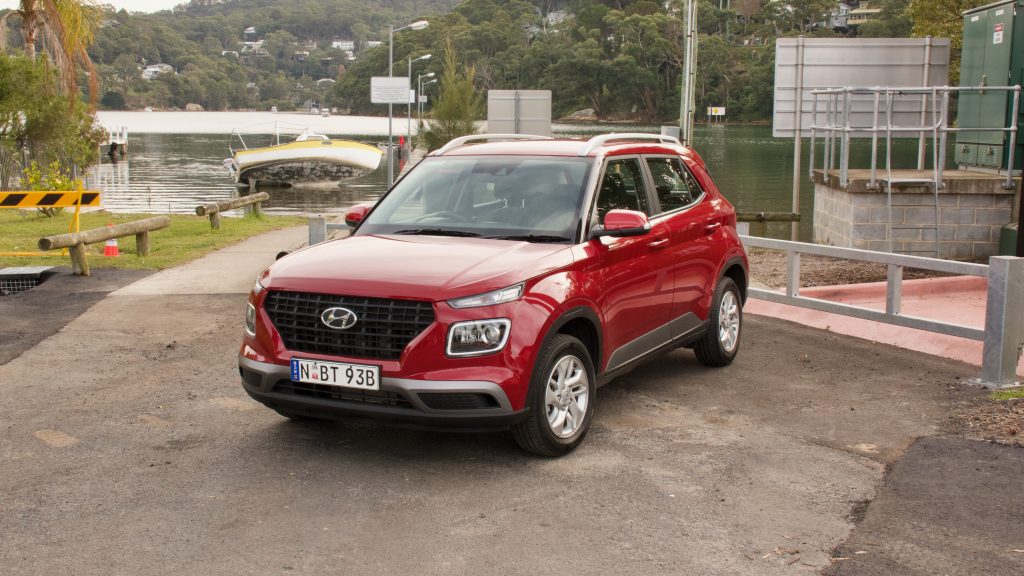
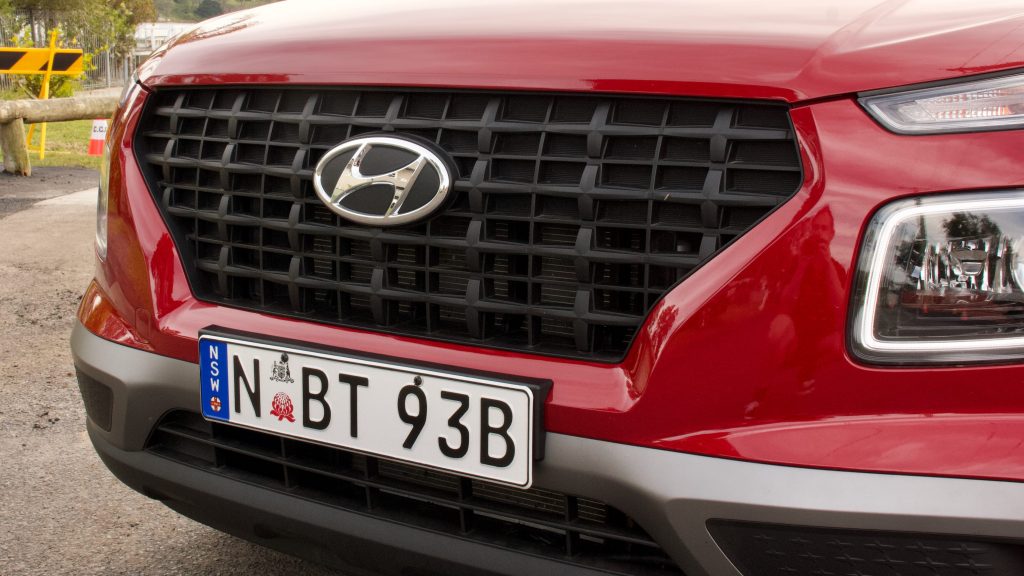
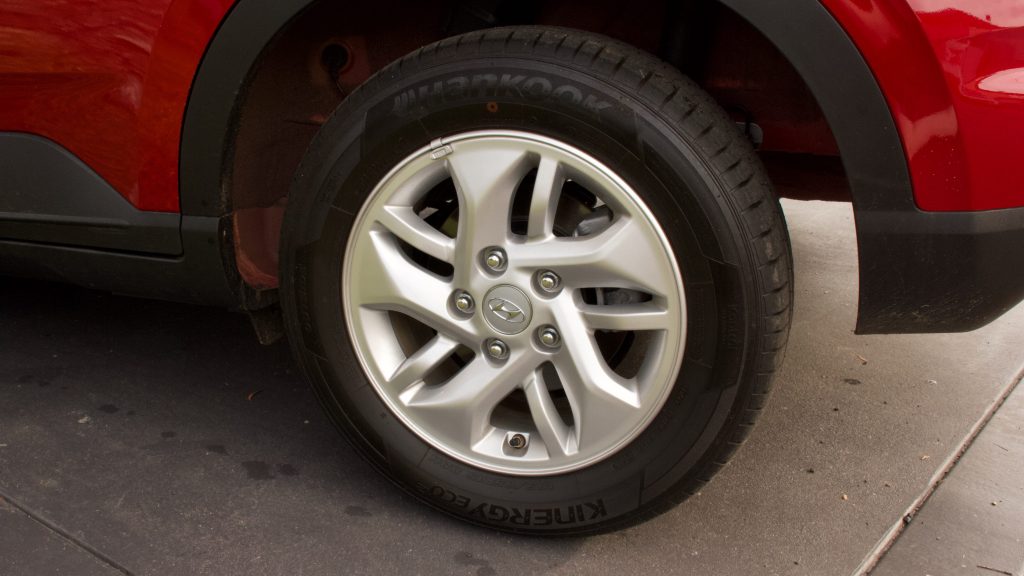
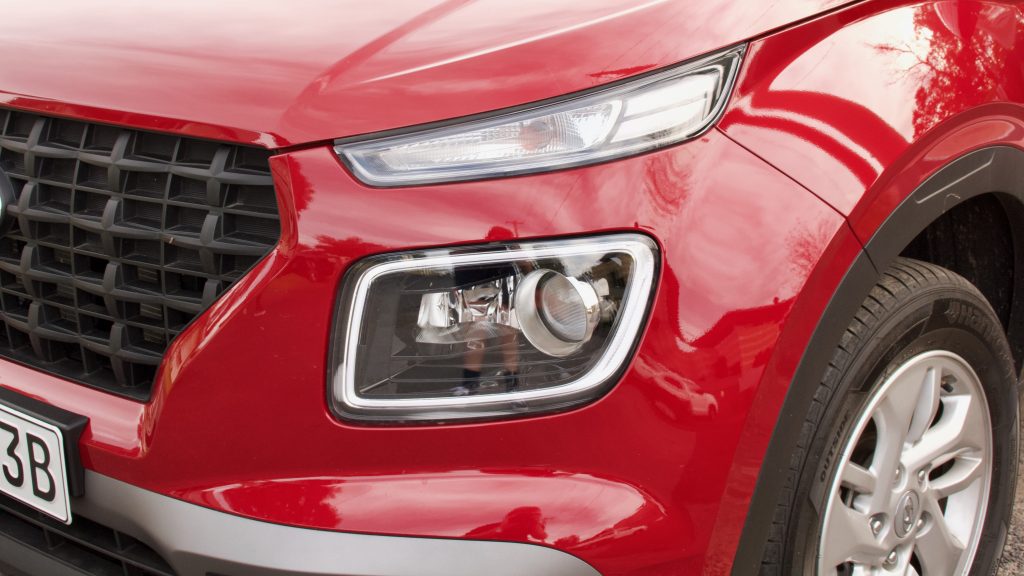
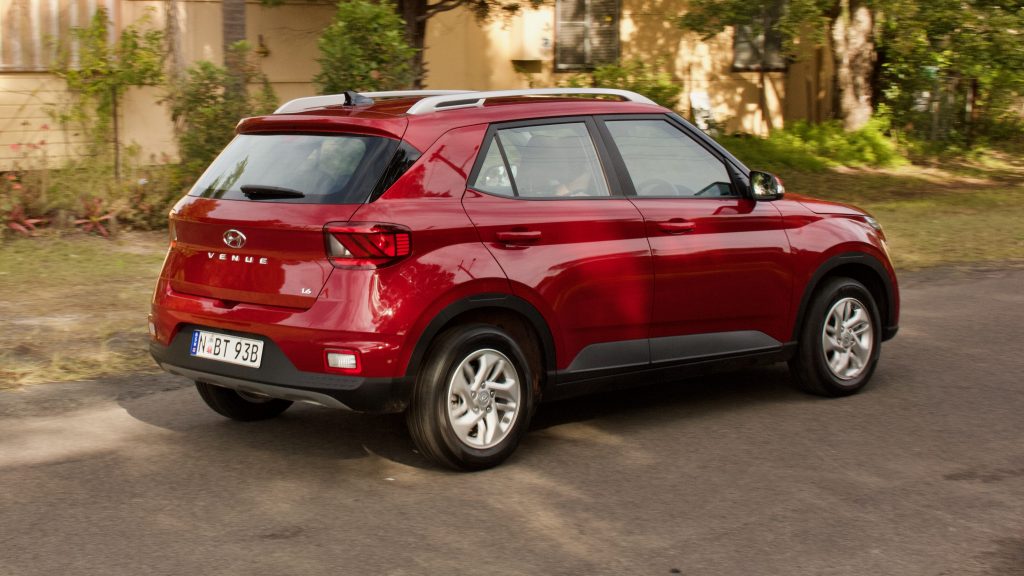
It’s worth noting that only the Venue Elite has an auto driver’s window, and equipment from overseas Venues such as heated front seats, rear air vents and a rear centre arm rest are unavailable locally. It’s also worth noting that the Venue’s predecessor, the Accent, was available for around $17,000 drive away when it exited Australia and for what you get, the Venue is too expensive in comparison.
Drive & Engine
All Venues in Australia use a 1.6-litre four-cylinder petrol engine that drives the front wheels through either a standard six-speed manual or an optional six-speed automatic, which is standard on the top-spec Elite. The engine develops 90kW of power at 6300rpm and 151Nm of torque at 4850rpm. It’s quite a loud engine when it’s working, and its modest outputs mean that to get to highway speeds, you need to work it harder than a Mazda CX-3. At those speeds, however, the Venue is fine – it’s surprisingly mature for ride comfort, it’s quite solid and even road noise levels are not too high.
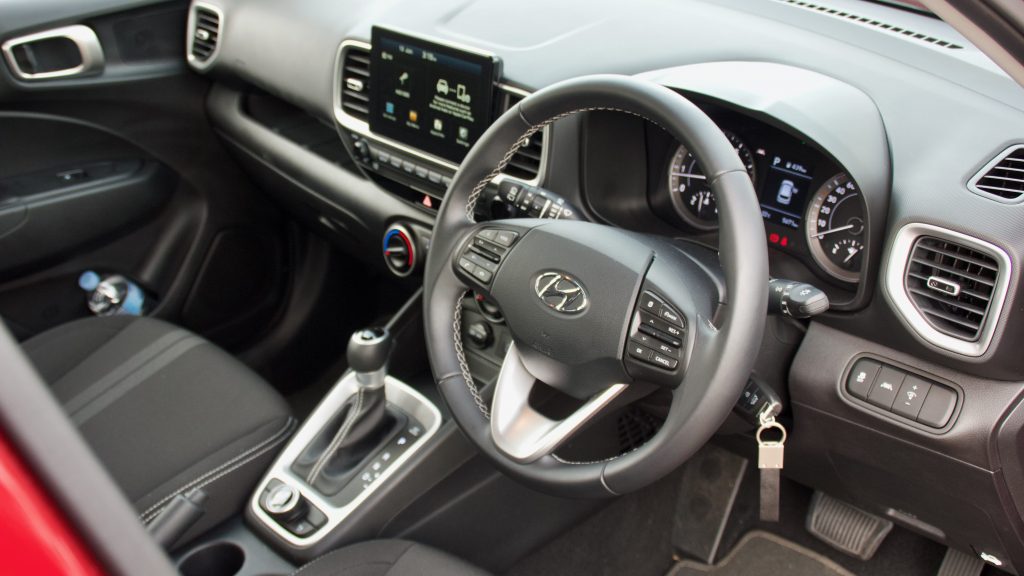

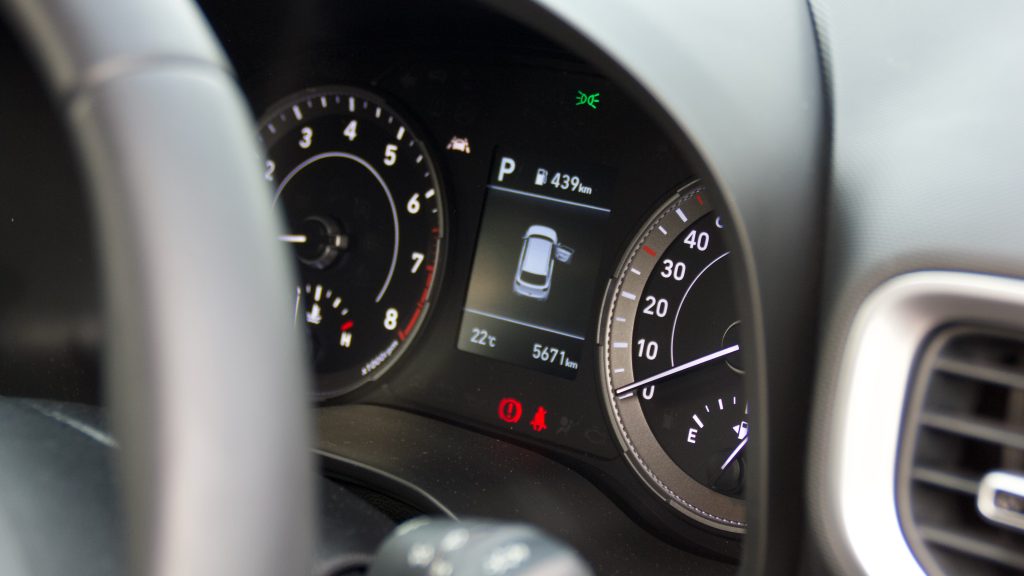
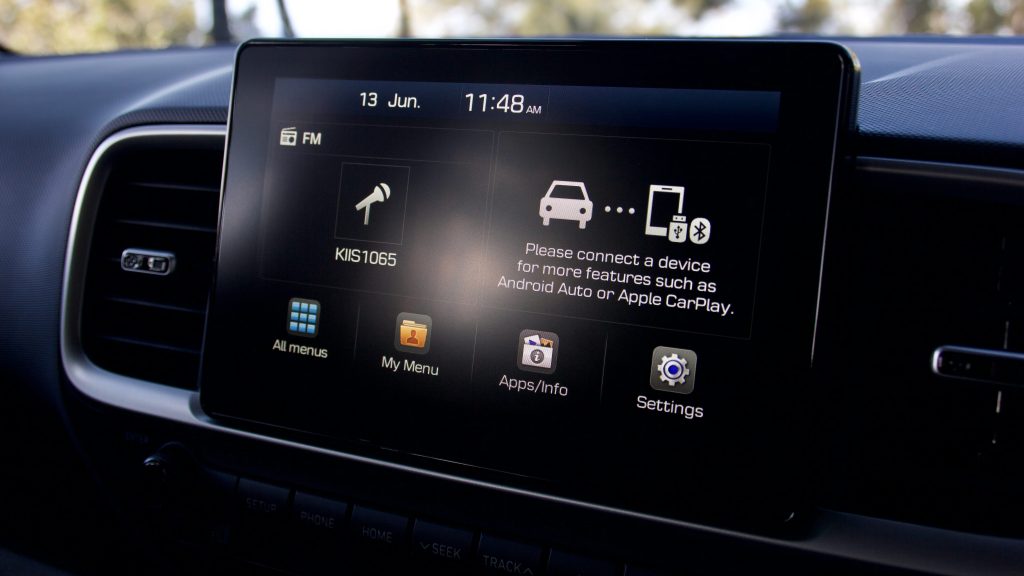
What also surprises about the Venue is its excellent visibility – anybody who’s driven a Mazda CX-3 will know how much this could be improved in many small SUVs. The headlights are surprisingly good too – much better than a CX-3 – and their cornering function really helps with night time visibility.
The Venue drives better than both the CX-3 thanks to Hyundai’s local tuning program – the suspension settings are unique to Australia and our taste. Around town, the Venue has a comfortable and composed ride and is easy to park with great visibility and a pretty small turning circle. The manual consumes a claimed average of 7.0L/100km and the automatic 7.2L/100km – both are high numbers and in our testing, it returned 7.9L/100km. Close to the claimed figure yes, but a CX-3 has both a larger engine with higher outputs and is more fuel efficient.
Overseas Venues can be had with other engines, including a 1.0-litre turbo three-cylinder petrol engine and not only would that increase performance and refinement, it would also reduce fuel consumption. But that engine doesn’t appear to be on offer to Hyundai Australia – hopefully that changes in the future. Thankfully, the CVT auto offered to the US is not coming here.
Interior & Practicality
While the Venue’s exterior is cute and has lots of character, it’s the practicality of this tiny SUV that impresses us most. It has a spacious and airy interior, which makes it feel larger than it is. Front seat occupants have more than ample room, and the rear seat is particularly roomy for this class – compare the headroom with the CX-3 and you’ll see what we mean.
The Venue Active and Elite feature a six-speaker sound system, and it’s surprisingly one of the best sound systems we’ve heard from Hyundai – even in comparison to the i30’s Infinity system. Another reason to upgrade to the Active.
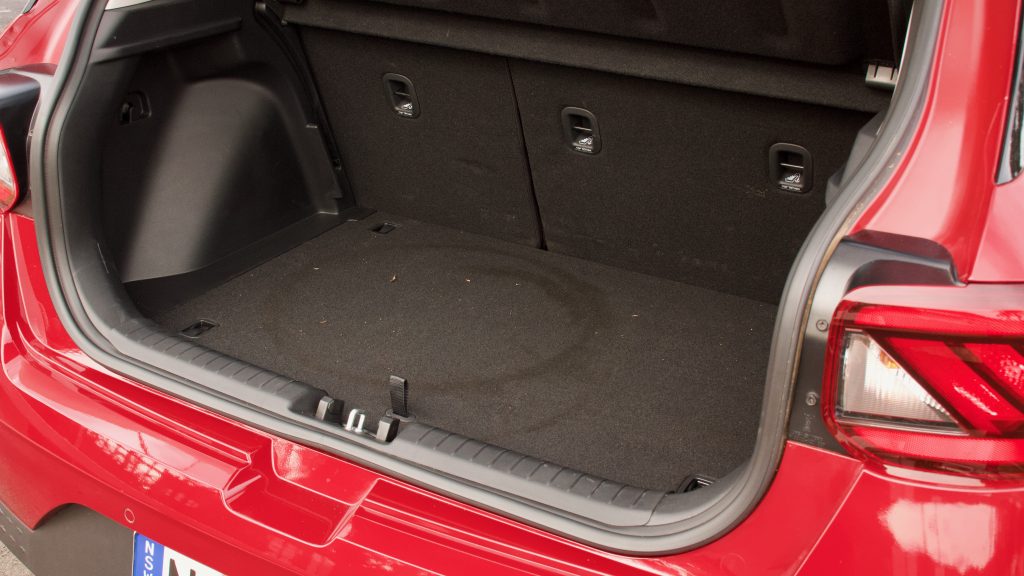
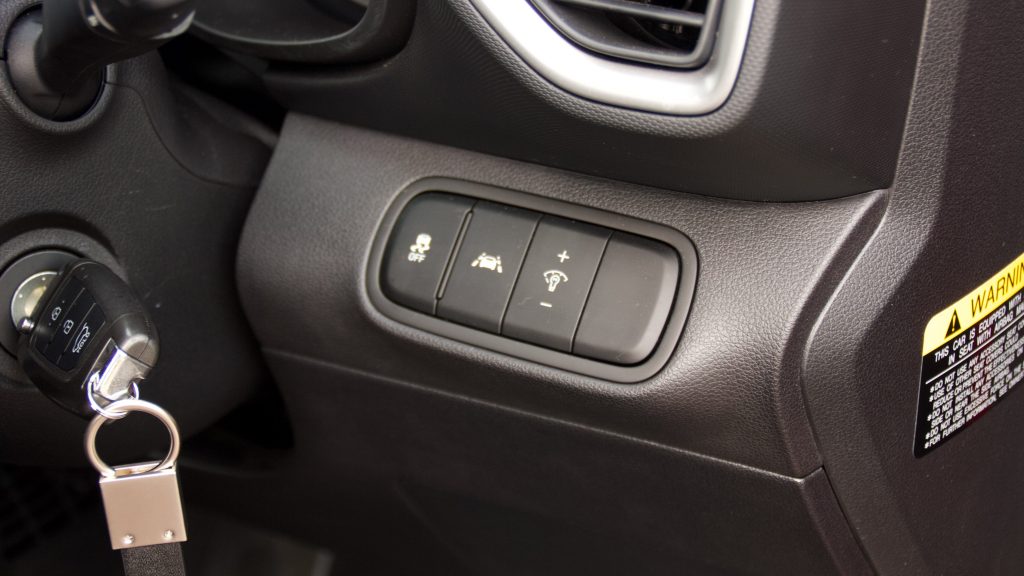
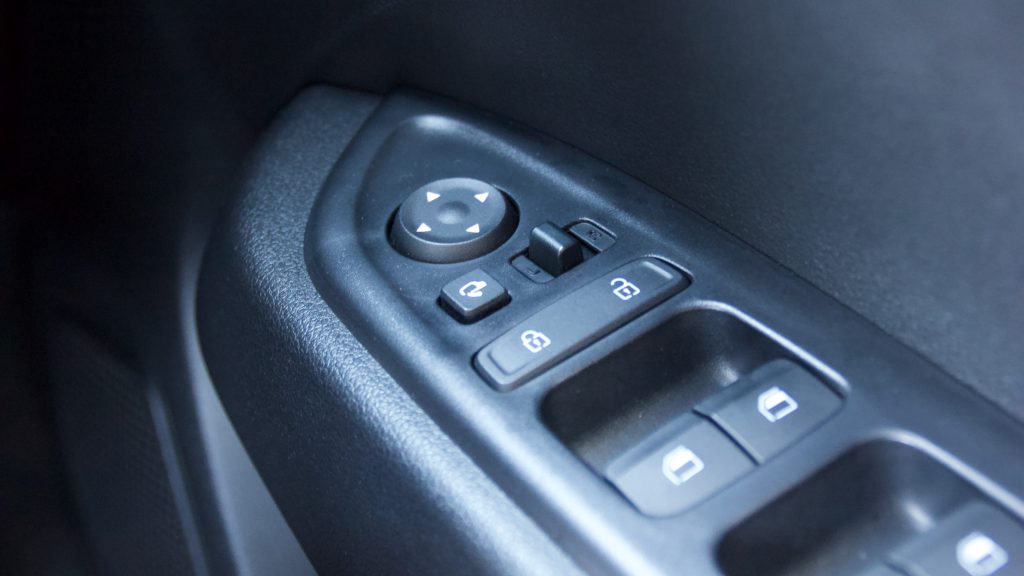
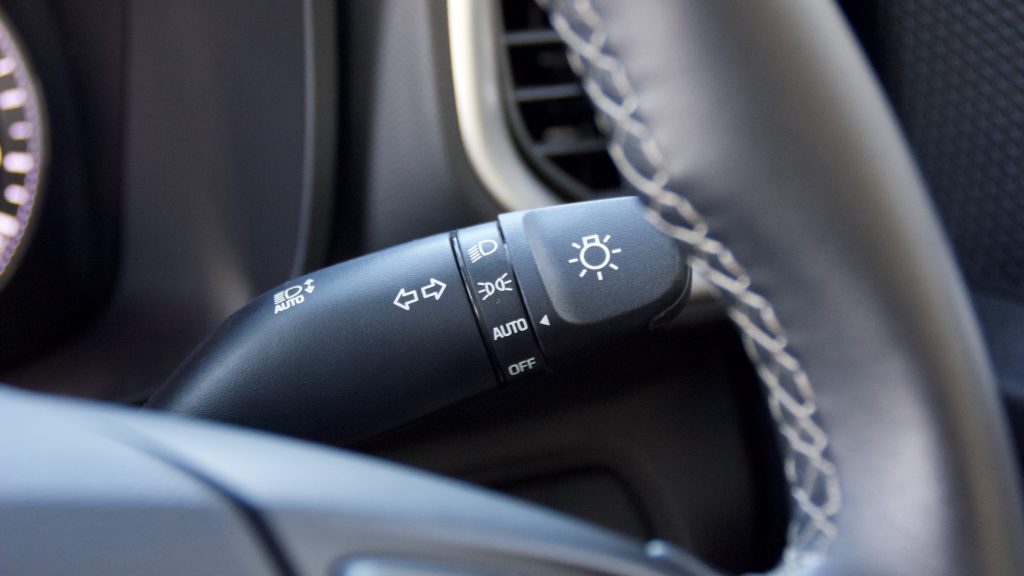
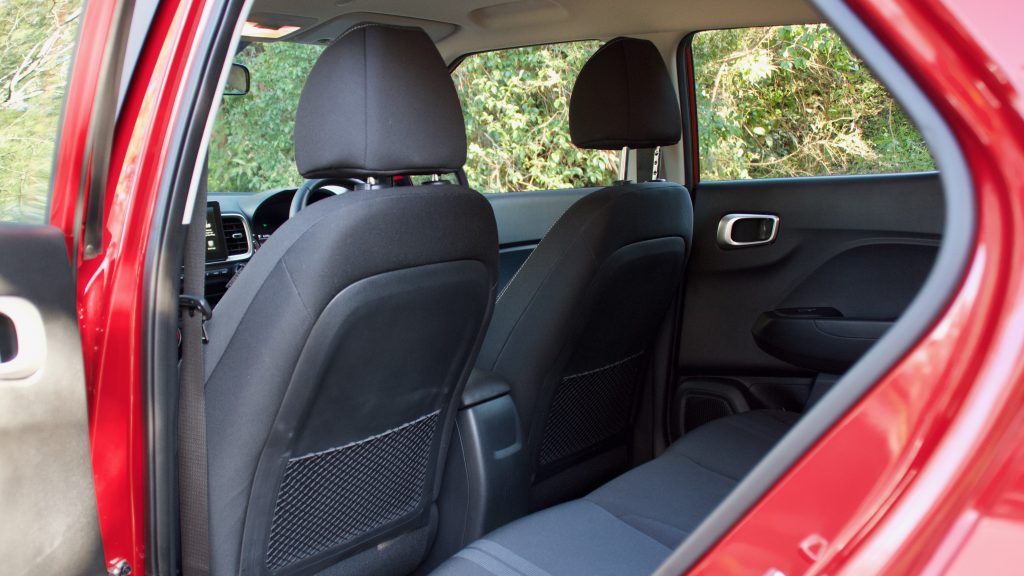
The dash of the Venue is easy to use and live with. Everything is simple to operate and the touch screen offers excellent visual quality. What can be improved however is the quality of the materials used – they’re hard wearing yes, but pretty cheap-feeling and flimsy in places, especially the doors. Implementing more substantial door trims with actual storage and proper arm rests would improve the cabin immensely.
Other improvements needed are the lack of USB ports – this is a car aimed at young people and charging their devices is key – as well as a lack of rear seat features. You get two map pockets and tiny door storage but that’s about it – overseas Venues can be had with both rear air vents (very important if you’ve got kids) and a rear centre armrest with cupholders, both of which would improve the Australian model.
If you do plan on carrying children in the Venue, it does have two ISOFIX points and it’s easy to put a child seat in thanks to wide-opening doors and the car’s raised seating position. The boot of the Venue can swallow up 355-litres of cargo, which is only 6L shy of its Kona big brother. In terms of size, the Venue offers more luggage space than both the larger Toyota Corolla (217L) and Mazda 3 (292L), and an adjustable boot floor as well, which adds quite a lot of space to the boot. The rear seats fold completely flat, and if you have a tall item to put in the boot, the parcel shelf stows behind the rear seat thanks to clever integrated grooves.
Running Costs & Warranty
The Venue comes with Hyundai’s five-year/unlimited kilometre warranty with free map updates and roadside assistance for that time. Servicing is required for the Venue every 12 months or 15,000km – longer than the CX-3’s 10,000km intervals.
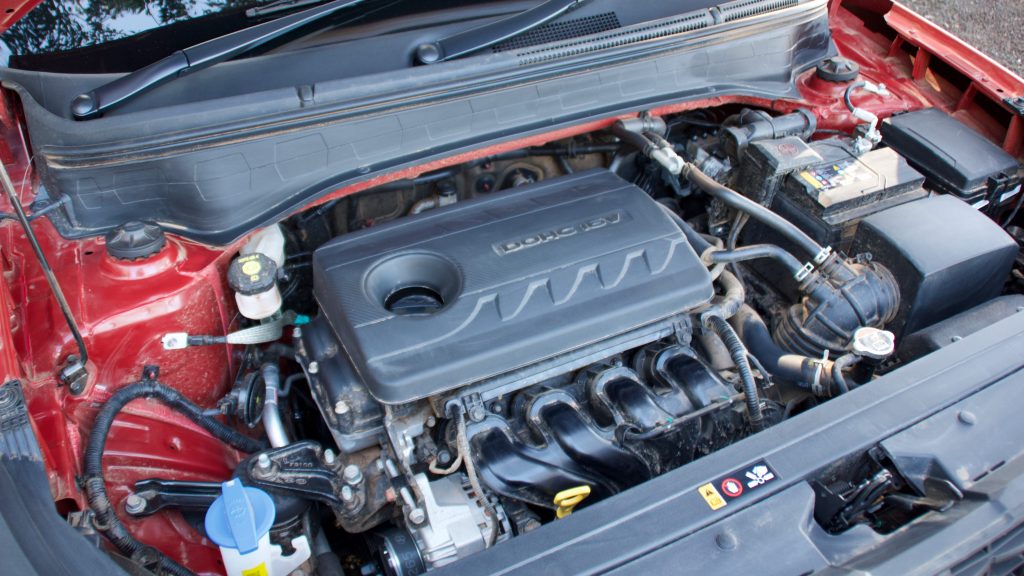
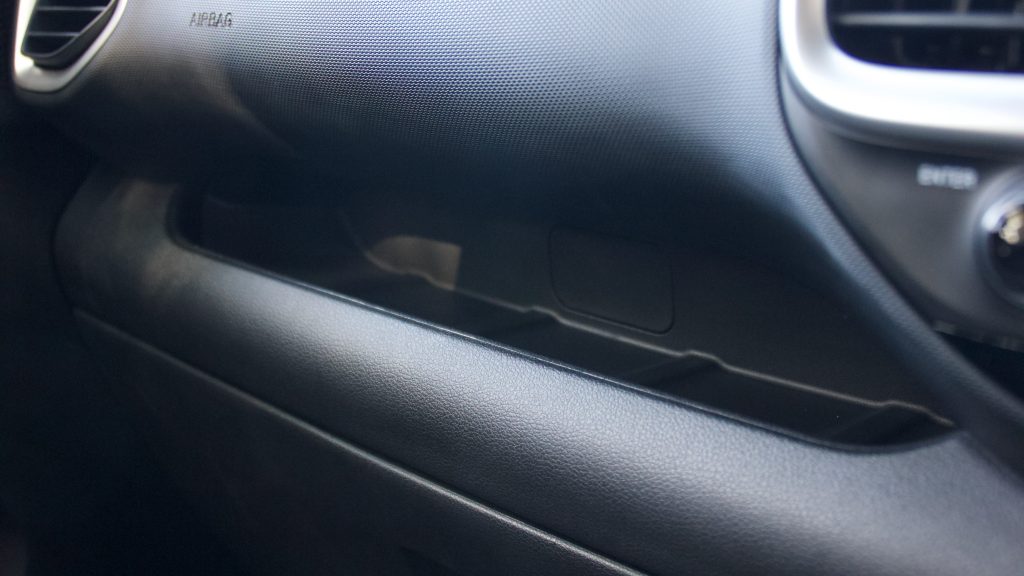
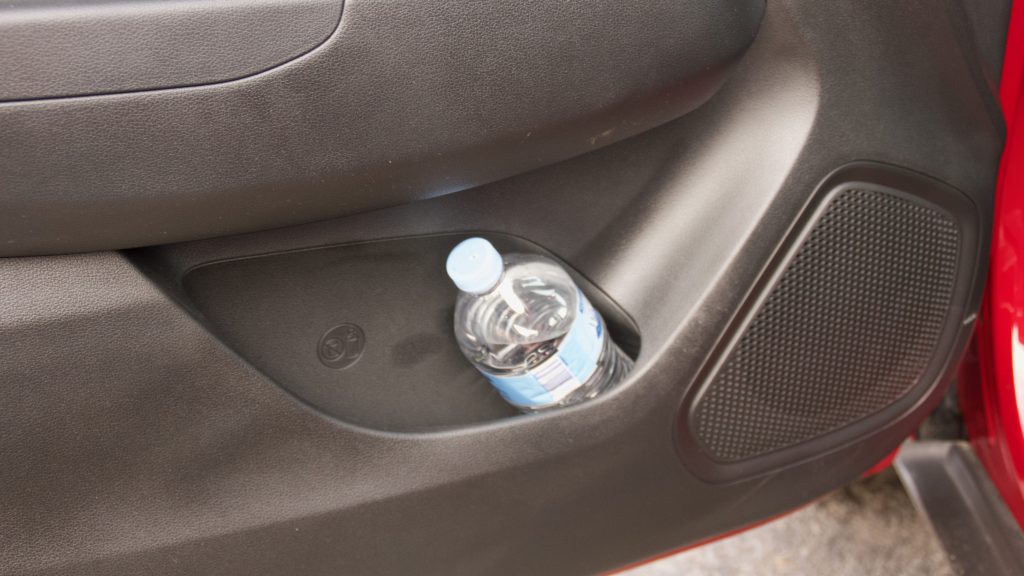
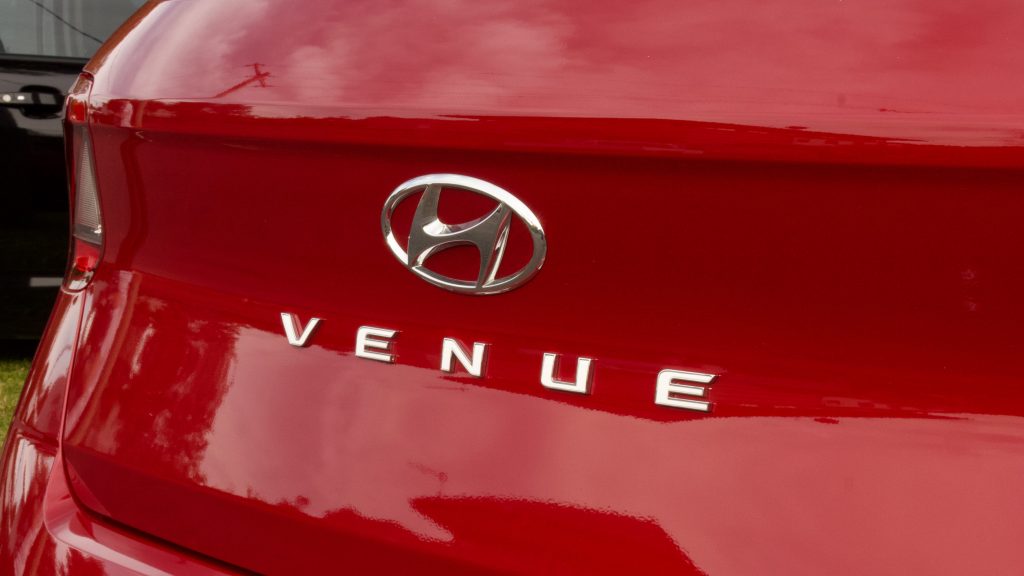

Service pricing ranges from $259 for the one-year service to $359 for the three-year service, and the price is capped for the car’s life through Hyundai dealerships. The total cost of servicing the Venue over a three-year time period is $857 – $361 cheaper than the CX-3 over the same period.
Conclusion
If you’re in the market for a tiny SUV, should you consider the 2020 Hyundai Venue Active? In a word, definitely. Unlike so many appliance-like cars these days, the Venue has character. The interior isn’t the best quality but it’s well equipped and spacious. Although the drivetrain isn’t the quickest, nor the most refined, it’s more than ample for the urban jungle. With a good warranty, reasonable value for money and an excellent after-sales package, the Venue makes for a good all-round package.
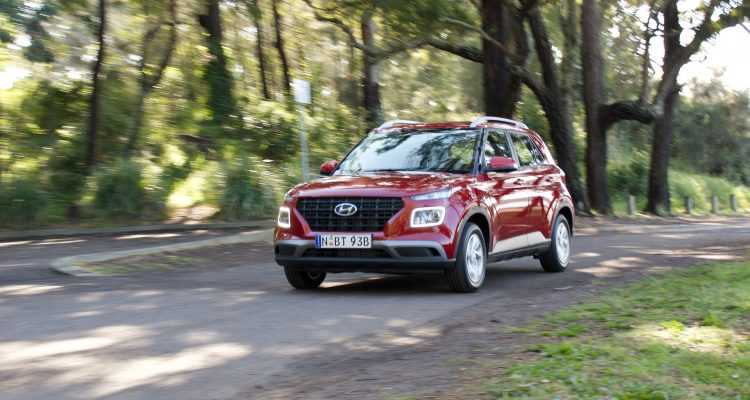
Leave a Reply